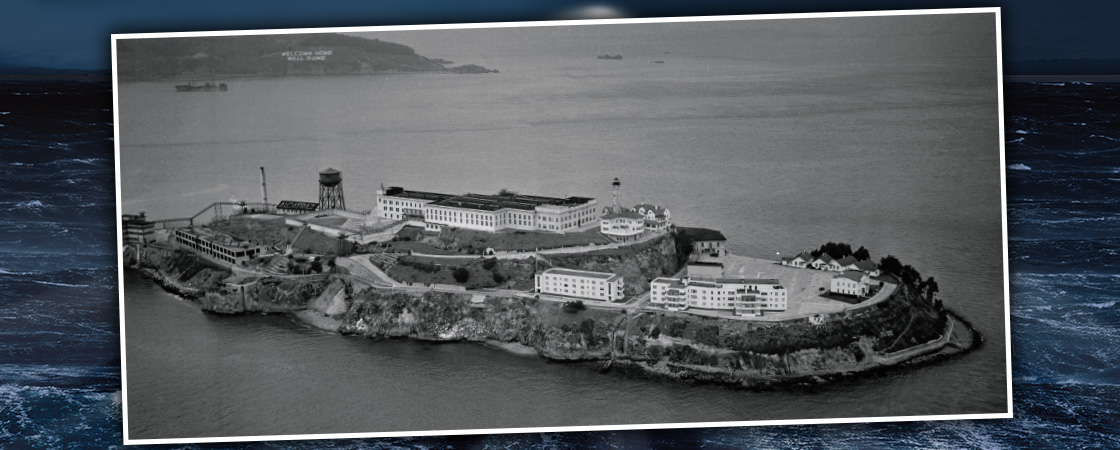courtesy of Jolene Babyak
Jolene Babyak
It was early in the morning on June 12, 1962, and 15-year-old Jolene Babyak was asleep in her bed.
Jolene’s house was perched on a small rocky island called Alcatraz in the middle of San Francisco Bay. As she slept, the gentle sounds of lapping waves and squawking seagulls drifted through her window.
Suddenly, an ear-splitting siren jolted Jolene awake.
Jolene knew exactly what that siren meant: An inmate had escaped from Alcatraz Prison—the federal penitentiary that stood a few hundred feet from her house. Alcatraz wasn’t just any prison either. It was the toughest in the country, where America’s most violent criminals were incarcerated.
So what was Jolene doing there? For Jolene—and dozens of other kids—the island of Alcatraz was home.
It was early in the morning of June 12, 1962. Fifteen-year-old Jolene Babyak was asleep in her bed.
Jolene lived on Alcatraz, a small rocky island in the middle of San Francisco Bay. As she slept, the sounds of waves and seagulls drifted through her window.
Suddenly, a siren jolted Jolene awake.
She knew what that siren meant: An inmate had escaped from Alcatraz prison. The federal penitentiary stood a few hundred feet from her house. It was the toughest prison in the country. America’s most violent criminals were incarcerated there.
So why was Jolene there? For Jolene—and dozens of other kids—the island of Alcatraz was home.



